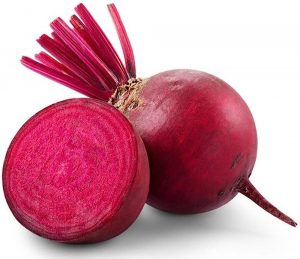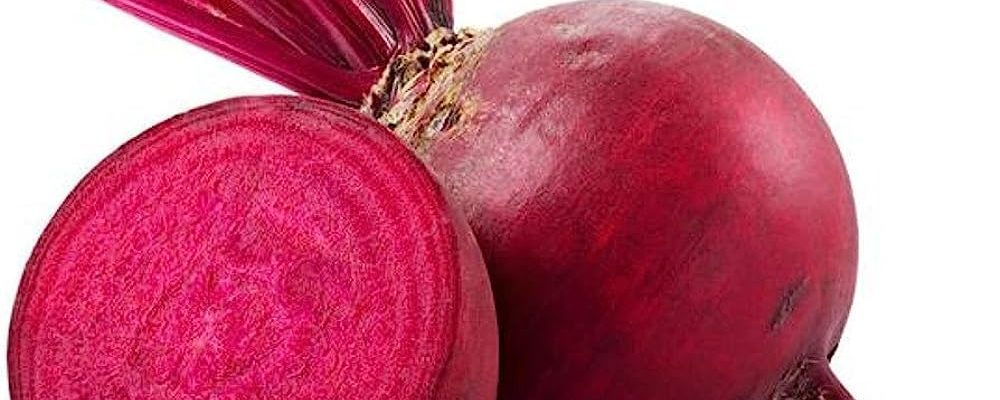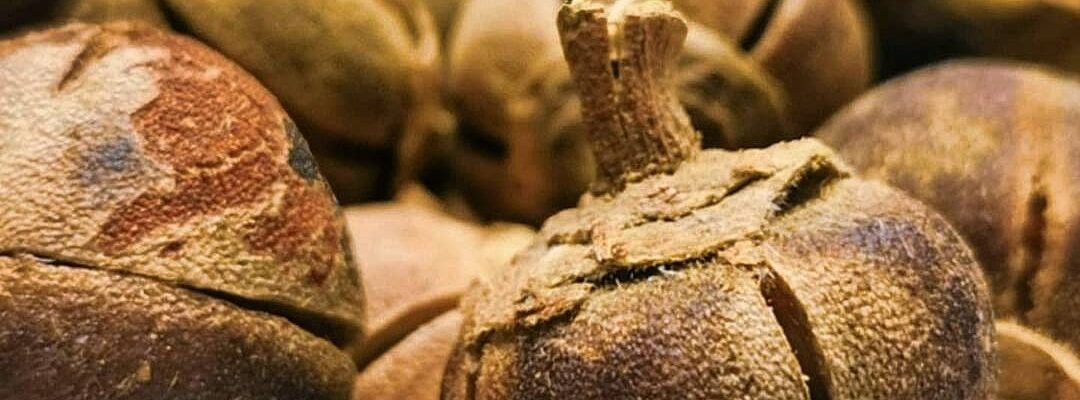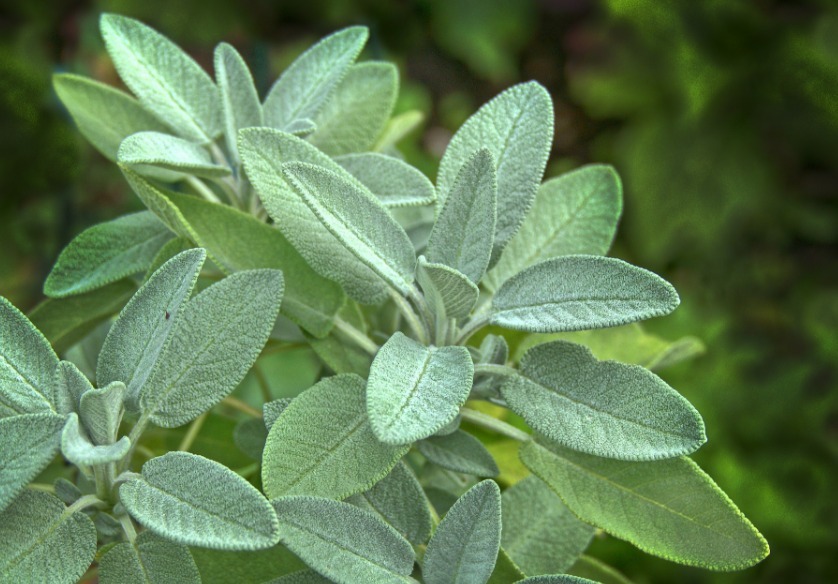Amazing Health Benefits of
Beetroot
Beetroot also known scientifically as Beta vulgaris has become a vital food, its ability to increase athletic abilities and to help remediate lots of health issues has made it become an important ingredient in our daily meals.
Today, beet root’s value cuts across a wide range of world prospects, such that it is being recommended for the prevention and control of many health-affecting problems like cancer, immune boosting, blood cleansing and many more.
Chemical properties of Beetroot
Beetroot is a root vegetable that has various chemical and functional properties that make it beneficial for human health. Some of the chemical properties of beetroot are:
- Nitrates: Beetroot is a rich source of nitrates, which are converted to nitric oxide in the body. Nitric oxide is a vasodilator that can lower blood pressure, improve blood flow, and enhance exercise performance
- Betalains: Beetroot contains betalains, which are pigments that give it its red colour. Betalains have antioxidant, anti-inflammatory, and anti-cancer properties. They can also modulate the activity of some enzymes and signalling pathways.
- Fibre: Beetroot is high in fibre, which can help improve digestive health, lower cholesterol levels, and regulate blood sugar levels. Fibre also feeds the beneficial bacteria in the gut, which can affect the immune system and metabolism.
- Phytochemicals: Beetroot contains various phytochemicals, such as carotenoids, saponins, polyphenols, and flavonoids. These compounds have various biological effects, such as modulating inflammation, oxidative stress, cell signalling, and gene expression
Beetroot contains vitamins A, and C, iron, folic acid, calcium, magnesium phosphorous and niacin which makes it able to protect man against heart diseases, treat boils and strengthen the bladder and liver.
Beetroots are a vibrant and versatile vegetable known for their earthy flavour and aroma. They are highly nutritious and packed with essential vitamins, minerals, and plant compounds, many of which have medicinal properties
Health benefits of beetroots:
- Lowering blood pressure: Beets have been well studied for their ability to decrease elevated blood pressure levels, which are a major risk factor for heart disease
- Boosting athletic performance: Beets contain nitrates that can help improve blood flow and oxygenation to the muscles, thereby improving athletic performance
- Anti-inflammatory properties: Beets contain betalains, which are pigments that have anti-inflammatory properties. This makes them useful in reducing inflammation in the body and preventing chronic diseases such as cancer and heart disease.
- Digestive health: Beets are high in fibre, which is essential for maintaining good digestive health. They also contain compounds that help promote the growth of beneficial gut bacteria
- Brain health: Beets contain nitrates that can help improve blood flow to the brain, improving cognitive function and reducing the risk of dementia.
- Anti-cancer properties: Beets contain betalains, which have been shown to have anti-cancer properties. They can help prevent the growth and spread of cancer cells in the body.
To get the most nutrients from beetroots, it is recommended to enjoy them raw or choose methods like juicing and roasting instead of boiling. Here’s a recipe tip: try balsamic roasted beets, hummus, fries, and salads among many others to increase your intake.
How to use beetroot
- Cleaning the Beetroot: Choose small to medium-sized beets for a better flavour. Next, examine the beetroots for freshness. The leaves should be perky and green and the skin should be smooth and unbroken. If you’re going to cook the beets, choose beets that are similar in size. Otherwise, they will cook at different rates. If the beetroot skin is wrinkled, the beetroot is too old. Trim the leaves off the beetroot. Leave about 1 inch (3 cm) of stem attached to the root. If you cut the entire stem off, the root will bleed as it cooks. Don’t throw away the leaves! They can be chopped up and added to a stew or salad. Store the leaves in the refrigerator for up to two days. Gently rinse the root under warm water. Make sure you remove all traces of dirt and debris, especially if you’re serving the root raw. If you’re planning on cooking the beetroots, be careful not to tear the skins or the beetroot will bleed as you cook it. Store the cleaned beetroots. If you don’t plan on cooking or pickling the beetroots immediately, you can save them in the refrigerator before cooking them. First, lay a plastic re-sealable bag on your cutting board. Next, use a knife to score the bag two or three times. Place your trimmed and cleaned beetroot in the bag and store it in the refrigerator. Trimmed and cleaned beetroots will stay fresh for about a week in the refrigerator. To help them stay fresh keep them in the crisper drawer. Uncleaned beetroots can be stored in a dark place for three days or in the refrigerator for ten days.
- Serving Beetroot Raw: Use a vegetable peeler to peel the skin off the beetroot. Stand over the sink as you work to allow the peeled pieces to fall into an easy-to-clean spot. Be careful where you lay your beetroot as raw beetroot can stain virtually any surface. Serve raw sliced beetroot as an appetizer. First, thinly slice the beetroot, discarding the top section attached to the stem and the pointy tip. Next, toss the beetroot slices with the juice from one lemon and a teaspoon of chilli powder. Arrange the beetroot on a plate and garnish with extra chilli powder. Experiment with different spice blends to find one you love. For example, consider substituting cayenne pepper for chilli powder.
- Serving Baked Beetroot: Preheat your oven to 375°F (190°C). Scrub the beetroots clean and trim off the leaves and stems. Place the beetroots in a baking dish and add 1/4 inch (6 mm) of water to the bottom of the dish. Cover the dish with aluminum foil and bake the beetroots for 45 minutes to 1 hour, or until they are tender. Remove the beetroots from the oven and let them cool. Once they are cool enough to handle, use a paper towel to rub the skin off the beetroots. Slice the beetroots and serve them with a drizzle of olive oil and a sprinkle of salt and pepper.
- Serving Pickled Beetroot: Peel and slice the beetroot into thin rounds. In a saucepan, combine 1 cup (240 ml) of apple cider vinegar, 1/2 cup (120 ml) of water, 1/2 cup (100 g) of sugar, 1/2 teaspoon (2.5 g) of salt, and 1/2 teaspoon (1 g) of black pepper. Bring the mixture to a boil and stir until the sugar dissolves. Remove the mixture from the heat and let it cool. Once the mixture has cooled, pour it over the sliced beetroot. Cover the bowl with plastic wrap and refrigerate the beetroot for at least 30 minutes before serving.
To learn more about plants click here










Review Beetroot (Beta vulgaris).
You must be logged in to post a review.